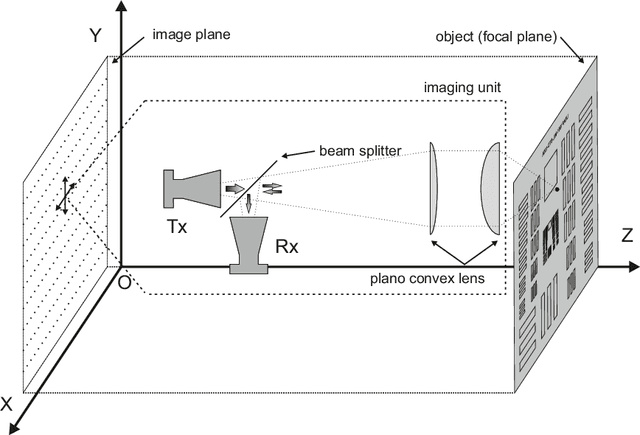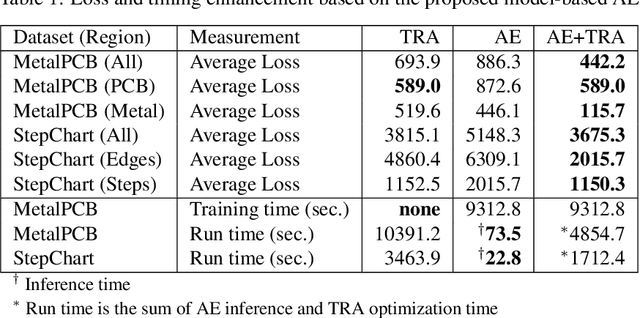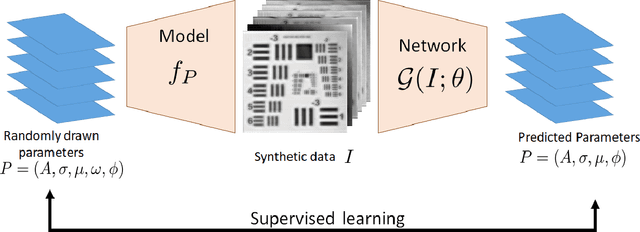Peter Haring Bolívar
Towards Scalable Multi-Chip Wireless Networks with Near-Field Time Reversal
Apr 26, 2024



Abstract:The concept of Wireless Network-on-Chip (WNoC) has emerged as a potential solution to address the escalating communication demands of modern computing systems due to their low-latency, versatility, and reconfigurability. However, for WNoC to fulfill its potential, it is essential to establish multiple high-speed wireless links across chips. Unfortunately, the compact and enclosed nature of computing packages introduces significant challenges in the form of Co-Channel Interference (CCI) and Inter-Symbol Interference (ISI), which not only hinder the deployment of multiple spatial channels but also severely restrict the symbol rate of each individual channel. In this paper, we posit that Time Reversal (TR) could be effective in addressing both impairments in this static scenario thanks to its spatiotemporal focusing capabilities even in the near field. Through comprehensive full-wave simulations and bit error rate analysis in multiple scenarios and at multiple frequency bands, we provide evidence that TR can increase the symbol rate by an order of magnitude, enabling the deployment of multiple concurrent links and achieving aggregate speeds exceeding 100 Gb/s. Finally, we evaluate the impact of reducing the sampling rate of the TR filter on the achievable speeds, paving the way to practical TR-based wireless communications at the chip scale.
Exploration of Time Reversal for Wireless Communications within Computing Packages
Aug 11, 2023



Abstract:Wireless Network-on-Chip (WNoC) is a promising paradigm to overcome the versatility and scalability issues of conventional on-chip networks for current processor chips. However, the chip environment suffers from delay spread which leads to intense Inter-Symbol Interference (ISI). This degrades the signal when transmitting and makes it difficult to achieve the desired Bit Error Rate (BER) in this constraint-driven scenario. Time reversal (TR) is a technique that uses the multipath richness of the channel to overcome the undesired effects of the delay spread. As the flip-chip channel is static and can be characterized beforehand, in this paper we propose to apply TR to the wireless in-package channel. We evaluate the effects of this technique in time and space from an electromagnetic point of view. Furthermore, we study the effectiveness of TR in modulated data communications in terms of BER as a function of transmission rate and power. Our results show not only the spatiotemporal focusing effect of TR in a chip that could lead to multiple spatial channels, but also that transmissions using TR outperform, BER-wise, non-TR transmissions it by an order of magnitude
Training Auto-encoder-based Optimizers for Terahertz Image Reconstruction
Jul 02, 2019



Abstract:Terahertz (THz) sensing is a promising imaging technology for a wide variety of different applications. Extracting the interpretable and physically meaningful parameters for such applications, however, requires solving an inverse problem in which a model function determined by these parameters needs to be fitted to the measured data. Since the underlying optimization problem is nonconvex and very costly to solve, we propose learning the prediction of suitable parameters from the measured data directly. More precisely, we develop a model-based autoencoder in which the encoder network predicts suitable parameters and the decoder is fixed to a physically meaningful model function, such that we can train the encoding network in an unsupervised way. We illustrate numerically that the resulting network is more than 140 times faster than classical optimization techniques while making predictions with only slightly higher objective values. Using such predictions as starting points of local optimization techniques allows us to converge to better local minima about twice as fast as optimization without the network-based initialization.
 Add to Chrome
Add to Chrome Add to Firefox
Add to Firefox Add to Edge
Add to Edge